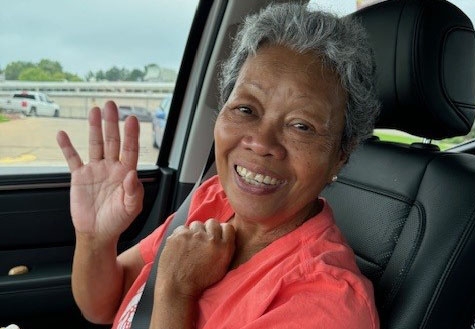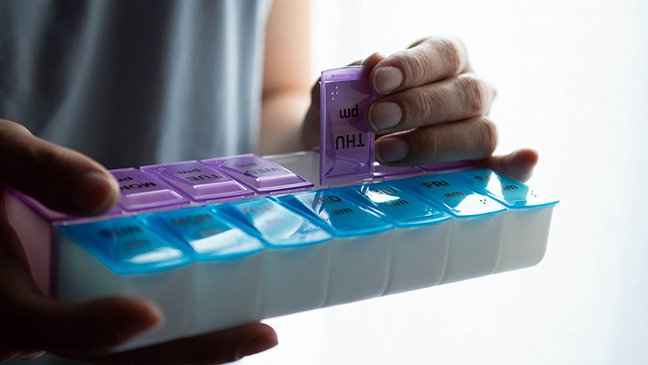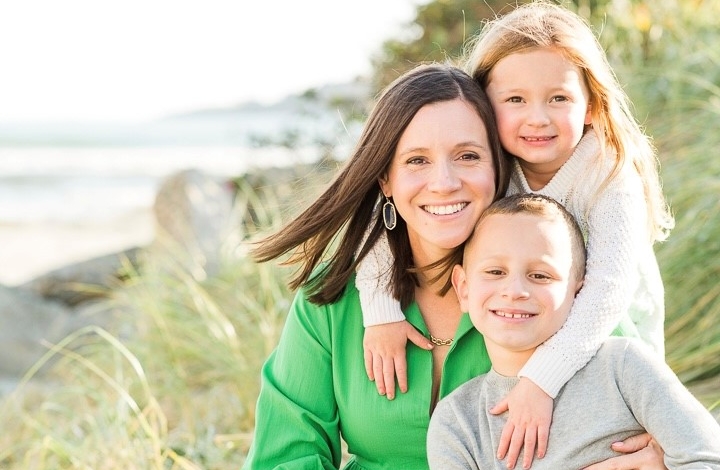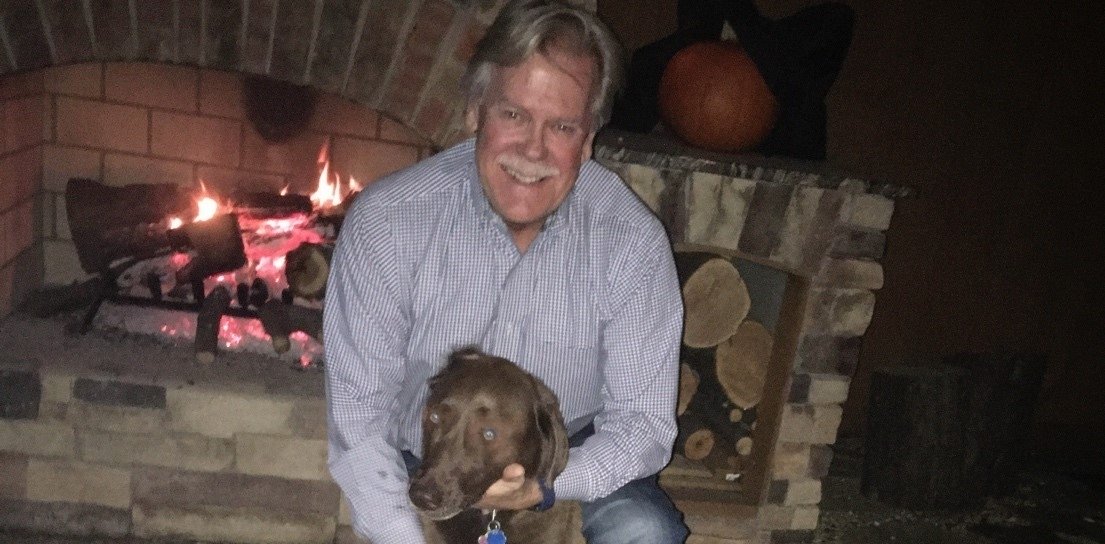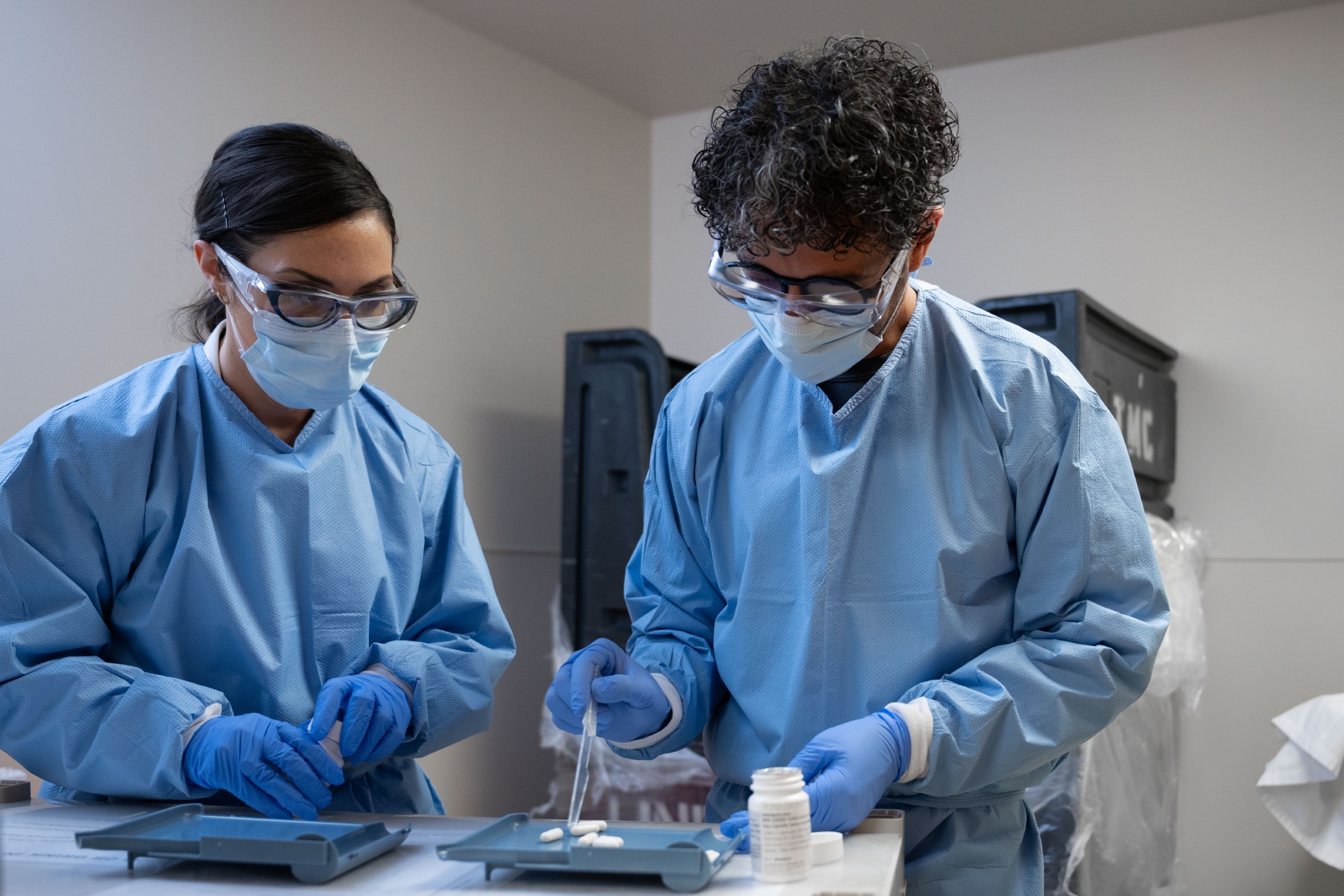- Diseases
- Acoustic Neuroma (14)
- Adrenal Gland Tumor (24)
- Anal Cancer (68)
- Anemia (2)
- Appendix Cancer (16)
- Bile Duct Cancer (26)
- Bladder Cancer (72)
- Brain Metastases (28)
- Brain Tumor (230)
- Breast Cancer (720)
- Breast Implant-Associated Anaplastic Large Cell Lymphoma (2)
- Cancer of Unknown Primary (4)
- Carcinoid Tumor (8)
- Cervical Cancer (158)
- Colon Cancer (166)
- Colorectal Cancer (114)
- Endocrine Tumor (4)
- Esophageal Cancer (44)
- Eye Cancer (36)
- Fallopian Tube Cancer (8)
- Germ Cell Tumor (4)
- Gestational Trophoblastic Disease (2)
- Head and Neck Cancer (8)
- Kidney Cancer (128)
- Leukemia (344)
- Liver Cancer (50)
- Lung Cancer (288)
- Lymphoma (284)
- Mesothelioma (14)
- Metastasis (30)
- Multiple Myeloma (100)
- Myelodysplastic Syndrome (60)
- Myeloproliferative Neoplasm (4)
- Neuroendocrine Tumors (16)
- Oral Cancer (100)
- Ovarian Cancer (174)
- Pancreatic Cancer (164)
- Parathyroid Disease (2)
- Penile Cancer (14)
- Pituitary Tumor (6)
- Prostate Cancer (146)
- Rectal Cancer (58)
- Renal Medullary Carcinoma (6)
- Salivary Gland Cancer (14)
- Sarcoma (238)
- Skin Cancer (296)
- Skull Base Tumors (56)
- Spinal Tumor (12)
- Stomach Cancer (64)
- Testicular Cancer (28)
- Throat Cancer (92)
- Thymoma (6)
- Thyroid Cancer (96)
- Tonsil Cancer (30)
- Uterine Cancer (80)
- Vaginal Cancer (16)
- Vulvar Cancer (20)
- Cancer Topic
- Adolescent and Young Adult Cancer Issues (20)
- Advance Care Planning (10)
- Biostatistics (2)
- Blood Donation (18)
- Bone Health (8)
- COVID-19 (362)
- Cancer Recurrence (120)
- Childhood Cancer Issues (120)
- Clinical Trials (632)
- Complementary Integrative Medicine (24)
- Cytogenetics (2)
- DNA Methylation (4)
- Diagnosis (232)
- Epigenetics (6)
- Fertility (62)
- Follow-up Guidelines (2)
- Health Disparities (14)
- Hereditary Cancer Syndromes (126)
- Immunology (18)
- Li-Fraumeni Syndrome (8)
- Mental Health (118)
- Molecular Diagnostics (8)
- Pain Management (62)
- Palliative Care (8)
- Pathology (10)
- Physical Therapy (18)
- Pregnancy (18)
- Prevention (914)
- Research (398)
- Second Opinion (74)
- Sexuality (16)
- Side Effects (608)
- Sleep Disorders (10)
- Stem Cell Transplantation Cellular Therapy (216)
- Support (402)
- Survivorship (322)
- Symptoms (184)
- Treatment (1790)
Clinical trial gives uterine cancer survivor hope
3 minute read | Published July 18, 2016
Medically Reviewed | Last reviewed by an MD Anderson Cancer Center medical professional on July 18, 2016
Cancer was a part of Maria Lozano’s life long before she became a patient and joined a clinical trial at MD Anderson.
Her mother died of breast cancer at age 34, when Maria was just 10. Haunted by the experience, Maria did her best to take good care of herself. She didn’t smoke or drink alcohol, and always tried to eat right. She also had regular medical checkups, including annual mammograms and Pap tests.
“I’m the eldest of six,” Maria says. “So when I was growing up, it was always in the back of our minds. Once we were adults, my sisters and I would remind each other to get mammograms.”
No uterine cancer warning
Because she had always been so vigilant, Maria didn’t worry when she stopped menstruating at age 49. She had been experiencing hot flashes, too. Her doctor said it was early menopause.
“I thought it was normal,” Maria says. “I never thought I would have another kind of cancer.”
But something kept bothering Maria on the right side of her body, so she went back to the doctor. Nothing was found.
A surprise uterine cancer diagnosis
A decade later, Maria started bleeding vaginally. The chronic discomfort in her side had also turned to pain. An ultrasound and a CT scan finally revealed why: Maria had stage III uterine cancer.
“I asked my doctor, ‘How did this happen? I’ve been coming to see you every year.’” Her doctor said that sometimes a Pap test doesn’t tell the whole story.
“It was like someone had punched me in the stomach,” Maria says. “All these years, I was thinking I was preventing that. It was just an awful feeling.”
Finding hope at MD Anderson
So, in 2009, Maria came to MD Anderson. Once here, Maria had surgery to remove her uterus, ovaries, and fallopian tubes, as well as some nearby lymph nodes and part of her omentum (a structure in the abdomen). Eight weeks of chemotherapy and radiation treatments followed. But by December 2009, it was clear that the treatments weren’t working. Maria was encouraged to consider a clinical trial with Aung Naing, M.D.
Maria felt so weak that she didn’t think she could take the clinical trial. But her youngest sister — a nurse — told her not to give up. “She said everybody is different and what works for one person doesn’t work for another,” Maria says. “So I went back.”
Maria had her first appointment with Dr. Naing on her 60th birthday.
Clinical trial proves effective
As a part of the clinical trial, Maria began taking Avastin and Temsirolimus. She saw the benefits almost immediately.
“I couldn’t believe it,” Maria says. “It was like a miracle. I started having more energy. Foods that made me sick before didn’t make me sick anymore. My hope was growing and growing.”
Chance of survival goes from slim to certain
The experimental drugs in the clinical trial proved so effective that Naing eventually took Maria off of them entirely. She has been in remission since November 2014.
“I am almost sure the uterine cancer won’t come back,” Maria says. “But we all know how sneaky cancer is. If this one does, Dr. Naing already has a plan.”
Finding healing at MD Anderson
For Maria, the best part of coming to MD Anderson was the people.
“Everybody there was so wonderful,” she says. “Especially Dr. Naing and his assistant, Amy Patel. After all the testing, examinations, and treatment, your dignity is down on the floor. My spirit was kind of weak also. But the environment at MD Anderson is just so positive. They didn’t see me as a number. They saw me as a person. They asked me how my grandson was doing. It all has to do with the attitude of the doctors or nurses. Talking to them lifted my spirit up and made me feel much better.”
Related Cancerwise Stories

My hope was growing and growing.
Maria Lozano
Survivor

